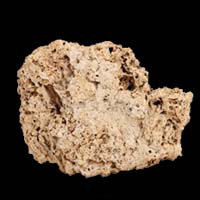
calcita(CaC03)
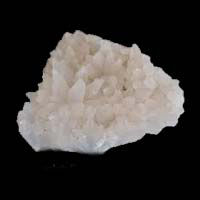
aragonita(CaCO3)
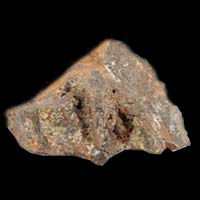
limonita(Fe203N H2O)
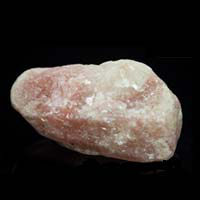
Travertine mineralogy includes mostly calcite, with possible inclusions of aragonite and limonite, giving it a porous appearance and an interesting tactile feel. Used since ancient times, travertine is known for its durability and natural beauty, being widely used in floors, walls, countertops, and mosaics. It can have different types of finishes, such as natural (rough), polished, and levigated, adapting to various aesthetic and functional needs.




Travertine is an ornamental stone of great importance due to its durability, versatility, and aesthetic appeal. Used since ancient times, travertine is prized for its ability to receive high polish, which enhances its earthy colors and unique patterns. This rock is widely employed in architecture and interior design, both in exterior and interior applications, such as flooring, walls, facades, and sculptures. In addition to its natural beauty, travertine is appreciated for its strength and ease of maintenance, making it a popular choice in residential and commercial projects around the world.
The name "travertine" is an Italian name that is an alteration of the Latin "lapis tiburtinus", meaning "stone of Tibur" (modern Tivoli, near Rome). This rock is found in various parts of the world, including Italy, Turkey, Mexico, the United States, and Brazil, each with its specific geological features.
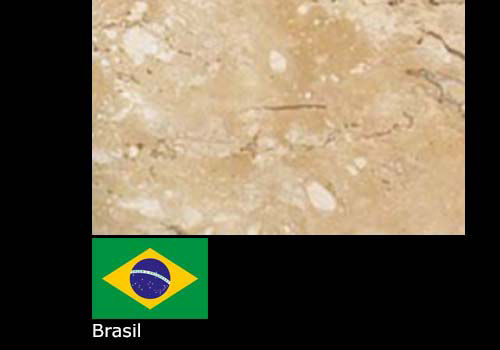
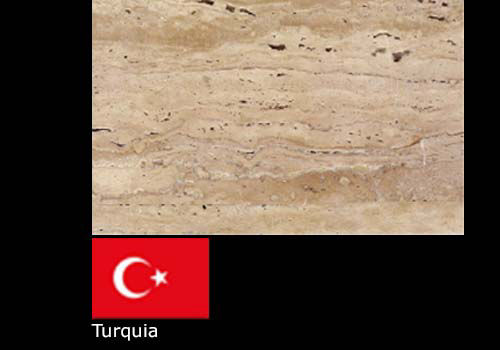
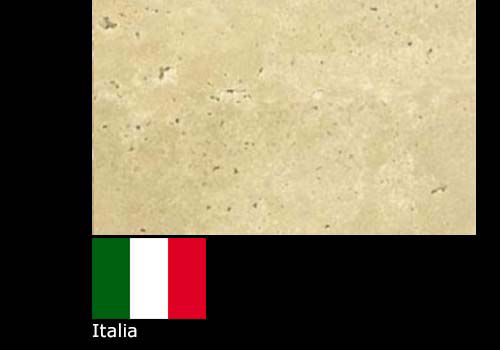
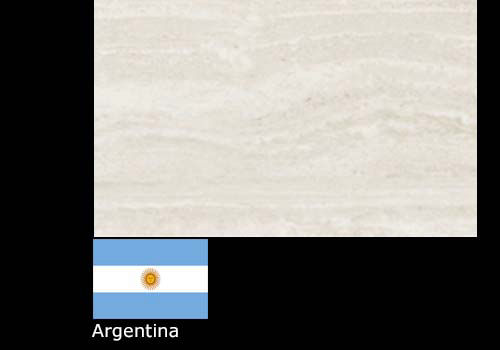

Travertine has been used in some of the most iconic buildings in the world. The Colosseum in Rome, one of the architectural marvels of antiquity, was built largely of travertine. St. Peter's Basilica in the Vatican also uses this material, highlighting its durability and timeless beauty. In addition, the city of Denizli in Turkey is famous for its travertine formations in Pamukkale, which attract tourists from all over the world. These examples illustrate the versatility and historical importance of travertine in global architecture.